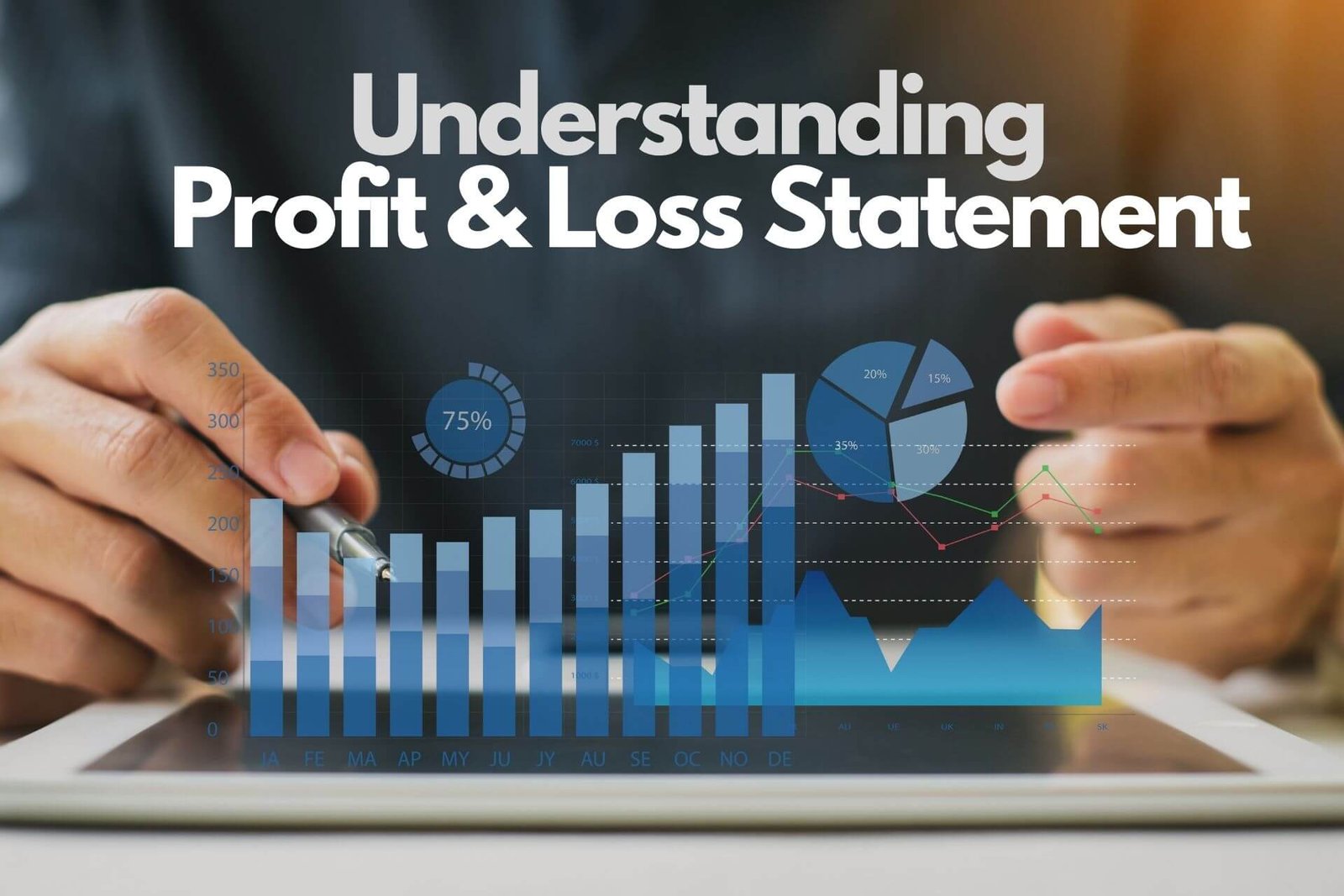Money Made Simple: A Guide to Profit and Loss for Small Businesses

Running a small business is like having a lemonade stand. You buy lemons, sugar, and cups, and when you sell lemonade, you make money. But what happens when you spend more money than you make? Let’s take a stroll through the world of profit and loss in the friendliest, simplest way possible.
1. Our Lemonade Stand Story:
Imagine your small business as a cozy lemonade stand. You spend money on things like lemons, sugar, and cups. When people buy your lemonade, you earn money. The exciting part is figuring out whether you’re making more money than you spent – that’s where profit and loss come into play.
2. The Happiness of Profit:
Profit is like the happy ending in our lemonade story. It’s what you have left after taking away all the costs (like buying lemons and cups) from the money you made selling lemonade. If your earnings are more than your expenses, you’re in the profit zone – like finding extra coins in your pocket!
3. Positive Numbers are Friends:
In the world of profit, positive numbers are your friends. Seeing a positive profit means your business is making more money than it’s spending. It’s like having a little extra cash to either save for later or make your lemonade stand even cooler.
Also Read This Article: Success Tips for Your Content in India: Latest Trends Unveiled
4. The Less Cheerful Side – Loss:
Now, let’s talk about the less cheerful part – loss. If your expenses (buying lemons, sugar, and cups) are more than your earnings (money from selling lemonade), you’re facing a loss. But don’t worry, it’s not the end of the world; it’s just a sign that you need to look at your costs and sales to find ways to balance things out.
5. Understanding Negative Numbers:
Negative numbers might sound a bit gloomy, but they’re just telling you that your business spent more money than it made. The important thing is to figure out why there’s a loss and make smart decisions to turn things around – like solving a puzzle.
6. The Hero: Profit and Loss Statement:
In the grown-up world of businesses, we use a hero called the Profit and Loss Statement (P&L). It’s like a special report card that tells you about your business’s money adventures. This magical statement breaks down your income, costs, and most importantly, shows whether you made a profit or incurred a loss.
7. Counting Money – Revenue (Income):
Now, let’s count the money. Revenue is the total money you earn from your lemonade sales or any product or service your business offers. It’s like the starting point on your P&L adventure. Include all the cash coming in, whether from selling things or even some extra income like interest on your savings.
8. Spending Money – Costs:
Now, let’s talk about spending money. These are the things you buy to keep your business running – lemons, sugar, cups, and anything else you spend money on. Understanding and controlling your spending are like secret powers to have a healthy profit.
9. The First Pit Stop – Gross Profit:
Gross profit is like the first pit stop on your journey. It’s what’s left after taking away the costs directly related to your product or service (like lemons and sugar) from your revenue. This tells you how much money you have to cover other expenses.
10. Jumping Over Hurdles – Operating Expenses:
Operating expenses are like hurdles you need to jump over. These include things like rent, utilities, and salaries – the regular bills you need to pay. Subtract these from your gross profit to see how much is left after all these bills are paid.
11. Reaching the Destination – Net Profit:
Net profit is like reaching the destination of your journey. It’s what remains after subtracting all expenses from your revenue. This is the money you can save, invest back into your business, or treat yourself to a job well done.
12. Strategies for Success:
- Look Regularly: Keep a close eye on your P&L regularly, like checking your favorite game score. This helps you catch any problems early and celebrate your successes.
- Change Your Prices: If you’re often facing a loss, consider changing your prices a little or finding ways to spend less money without changing the taste of your lemonade.
- Save Money: Find places where you can spend less money, like buying lemons on sale or using less sugar. It’s like saving money in your piggy bank.
- Try Something New: If people aren’t buying your lemonade as much, try making a new flavor or adding snacks. It’s like offering something different to attract more customers.
- Ask Your Friends – Customers: Listen to your friends – your customers. If they want something different, consider changing your lemonade recipe to make them happy.
Conclusion: Your Money Adventure:
Understanding profit and loss is like having a treasure map for your small business adventure. It helps you make smart decisions, avoid problems, and ensures a fun journey toward success. Keep counting your money, find ways to spend wisely, and enjoy the adventure of growing your small business – because the real treasure is the journey itself!


1 comment